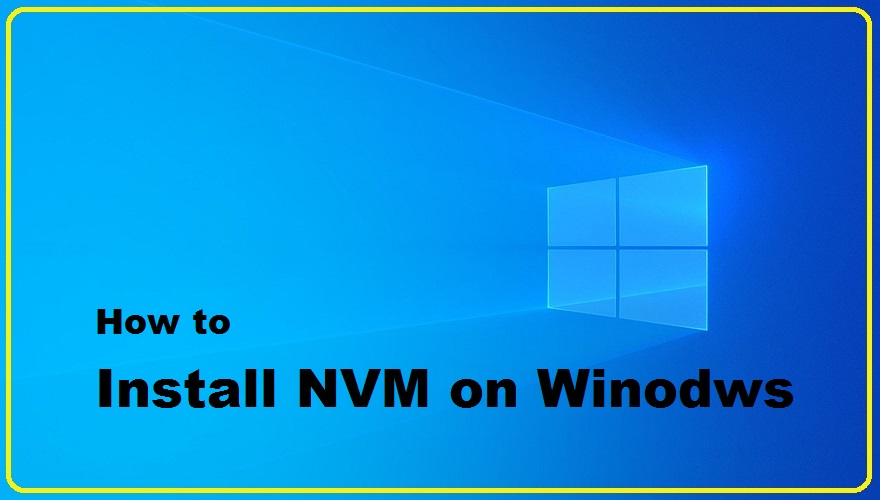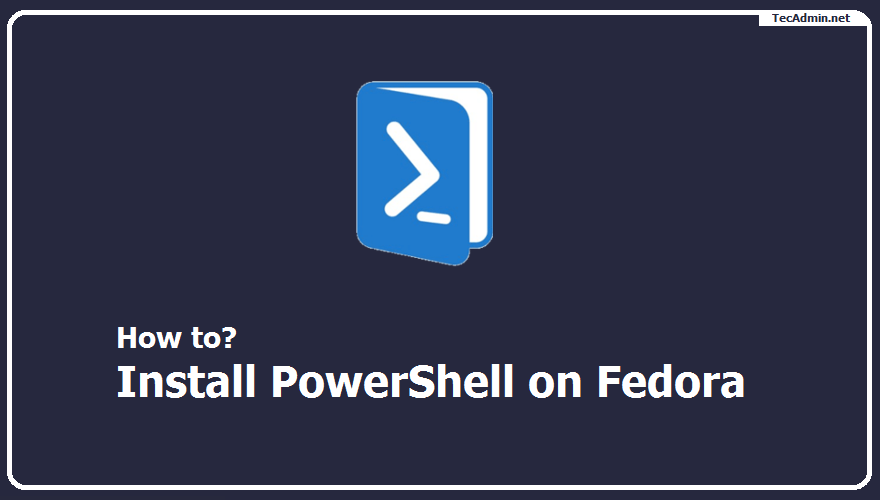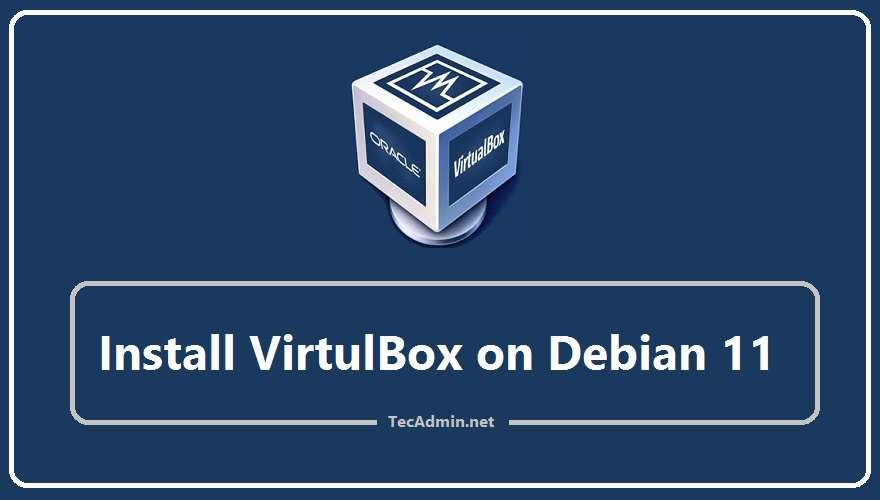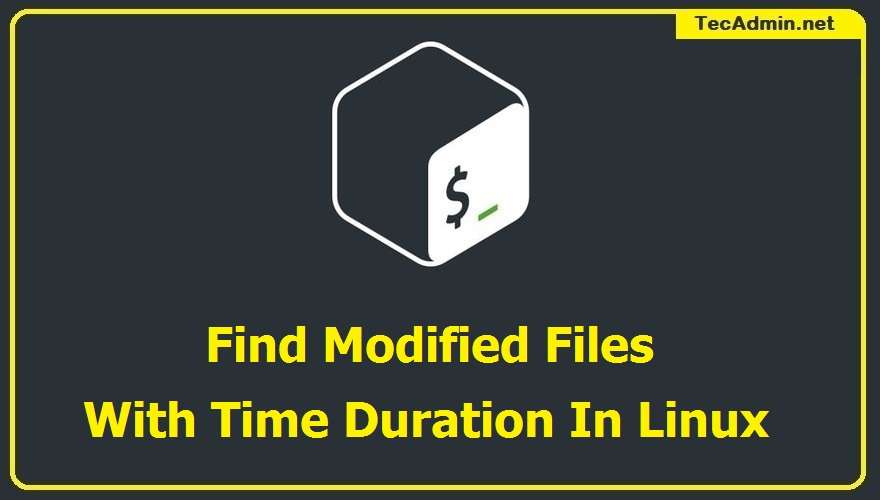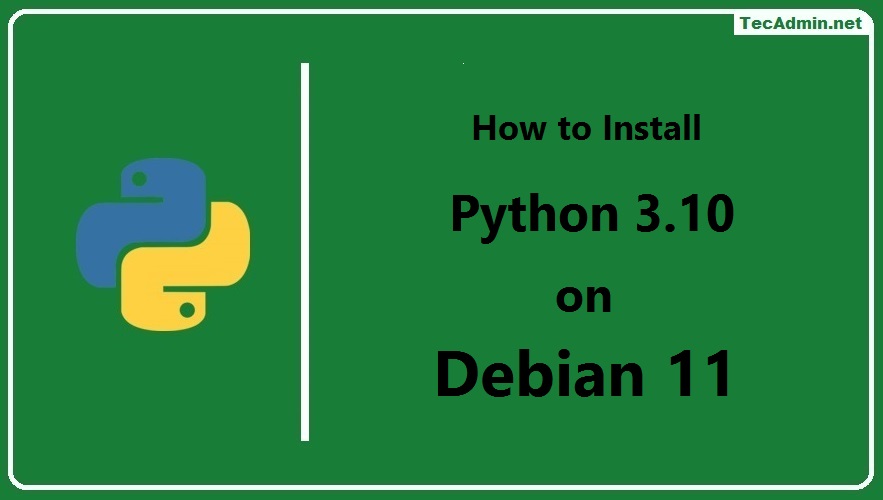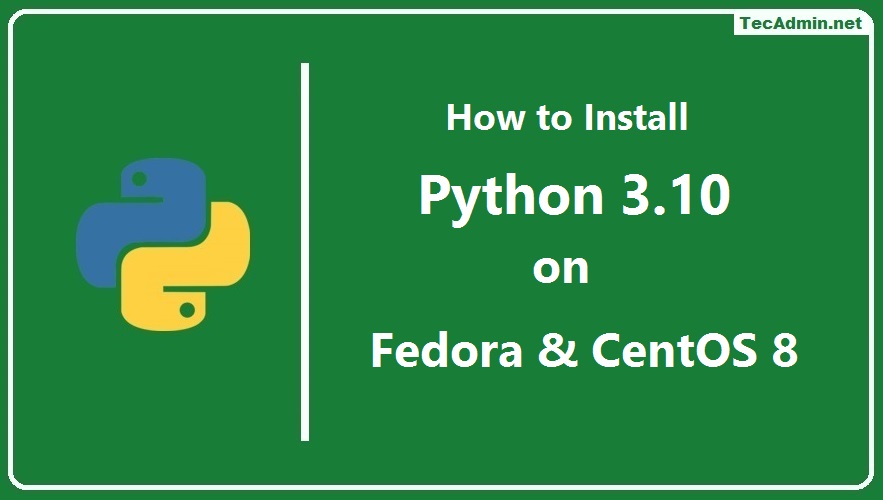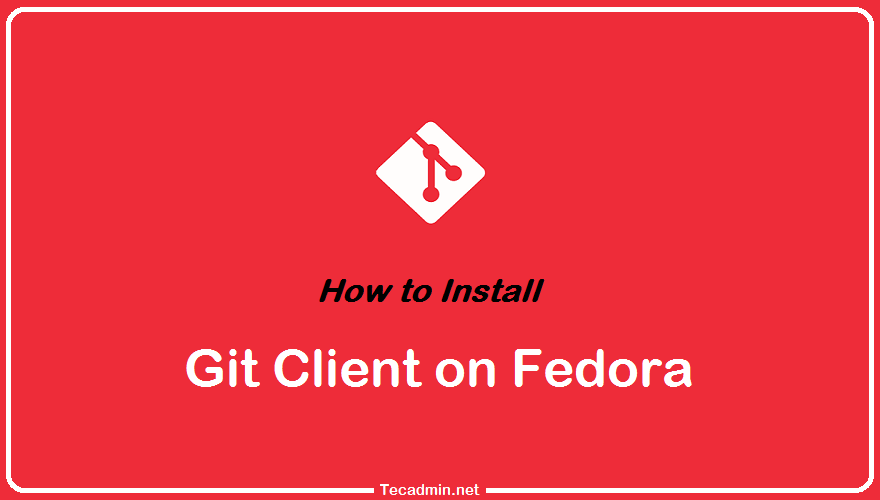NVM (Node Version Manager) is the command-line utility for installing Node.js on your system. It allows us to install multiple Node.js versions and switch between them. This is helpful for the system running multiple Node applications that required different-2 node versions. This tutorial will help you to install and manage multiple Node.js versions on Windows using NVM. How to Install NVM on Windows The coreybutler has build the nvm installer for the Windows systems. Visit the below link to download the NVM installer for the Windows systems. https://github.com/coreybutler/nvm-windows/releases And download the nvm-setup.zip file of the latest version. Extract the downloaded…
Author: Rahul
PowerShell is an command line interface as well as a scripting language developed by Microsoft. Similar to bash programing, the PowerShell is also used for automating the jobs for the system management. The current version of PowerShell supported Fedora 32 or greater versions. PowerShell is also available for the Linux systems with an official package repository. This tutorial will help you for installing PowerShell on Fedora Linux system. Prerequisites You must be login as root account or sudo privileged account to your Fedora Linux system. Enable Microsoft Repository in Fedora First of all add the Microsoft signature key to your…
Linux Terminal Emulator is a truly useful and valuable tool for novice or super clients. Terminal Emulators assist you to utilize and collaborate with the shell of Linux systems. It provides you complete access to unleash the power of the system. Furthermore, Linux Terminal Emulator is the most ideal approach to study commands of Linux without having a trained subsystem of Linux. There are no online terminals and bash editors accessible in the market to execute several commands and examine the results. If you don’t have a Linux system then you can explore the basics of system or test scripts…
The VirtualBox is a powerful tool for virtualization developed by Oracle Corporation. It is a widely used commercial by large enterprises as well as home users. VirtualBox 7.0 is the latest major release by the Oracle team. This version is released with various performance improvements over the previous major releases. This tutorial will help you to install VirtualBox on Debian 11 Bullseye Linux system. Before we start Login to the Debian 11 desktop system with a sudo privileges account. Update all the currently installed packages on your system. To do this simply run the following commands. sudo apt update &&…
This tutorial will help you to find recently modified files in Linux via command line . The find command allows us to define duration in Minutes or Days. The minutes are define with -mmin and the days value can be defined with -mtime You can also define the search criteria to find files modified within or before specified duration. For example, to search files modified before, use “+” (positive) with duration (eg: +1, +24 etc). To search files modified within duration use “-” (negative) sign with duration value (eg: -1, -24) etc. Find All Modified Files Less Than Time Modified…
The Python development team has released the latest version of Python 3.10. This includes more new features, security patches, and many other improvements. This version includes a new feature that is “Parenthesized context managers”. Using enclosing parentheses for continuation across multiple lines in context managers is now supported. For more details read the complete changelog. This tutorial will help you with the installation of Python 3.10 on Debian 12, 11 & 10 Linux systems. The tutorial will compile and install Python 3.10 source code on your system. Prerequisites First of all, Log in to your Debian-based system with sudo privileged…
The Python development team has released the latest version of Python 3.10. This includes more new features, security patches, and many other improvements. This version includes a new feature that is Parenthesized, context managers. Using enclosing parentheses for continuation across multiple lines in context managers is now supported. For more details read the complete changelog. This tutorial will help you with the installation of Python 3.10 on all Fedora versions and CentOS/RHEL 8 Linux systems. The tutorial will compile and install Python 3.10 source code on your system. Prerequisites The system must have a pre-installed GCC compiler on your system.…
Git is a powerful and widely used distributed version control system (VCS) essential for managing code projects. It allows you to track changes, collaborate effectively, and revert to previous versions if necessary. This guide will walk you through the straightforward process of installing Git on your Fedora Linux system. Prerequisites A Fedora Linux system with an active internet connection. Basic understanding of using the terminal. Administrative privileges (sudo access) on your system. Method 1: Installing Git from Default Repository This method is the easiest way to get Git up and running on your Fedora system. The official Fedora repositories contain…
A TXT file is a plain text file that contains unformatted text. It is a common file type that is supported by most text editors and word processors, making it a versatile and widely-used file format. One of the key characteristics of a TXT file is its simplicity. Unlike other file formats, such as Microsoft Word documents or PDFs, which can contain a variety of different formatting options and multimedia elements, a TXT file only contains text. This makes it a great choice for storing and sharing simple, unformatted information, such as notes, lists, or code snippets. TXT files can…
Sometimes the long running requests failed with the error message “504: Gateway Timeout” in NGINX web server. To solve this issue, you need to increase request timeout in NGINX server configuration. The default, NGINX request timeout is 60 seconds. Which can be increased or decreased by updating the configuration files. In this quick FAQ, you will learn to change the request timeout in NGINX web server. Increase Request Timeout in NGINX For example, you want to increase request timeout to 300 seconds. Then you need to add proxy_read_timeout, proxy_connect_timeout, proxy_send_timeout directives to http or server block. Here the http block…

